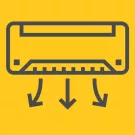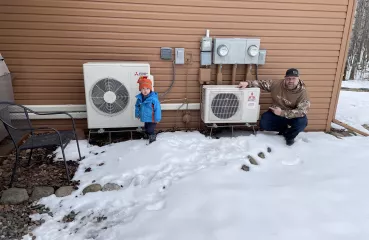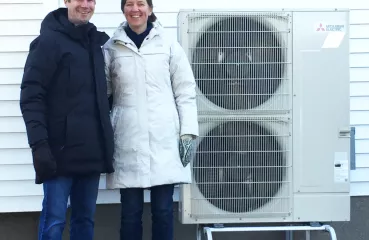We built our house in 2020-21, right in the middle of the pandemic. We were downsizing as our son prepared to graduate from high school, and we were anxious to keep expenses low over the long term as we age. As a CERTs team member, I wanted to share some of what we learned from making heat pumps our primary heat source in a new build.
The house is a little over 900 square feet, slab on grade, 2x6 stick-built construction, one main floor with a small loft. It has southeast-facing windows for passive heat in the winter, and blown-in cellulose insulation. (Yes, we know spray-foam is better, but in that particular moment, in our geographic area, the cost difference was just too big for our budget.)
Our home is located in north-central Minnesota.




